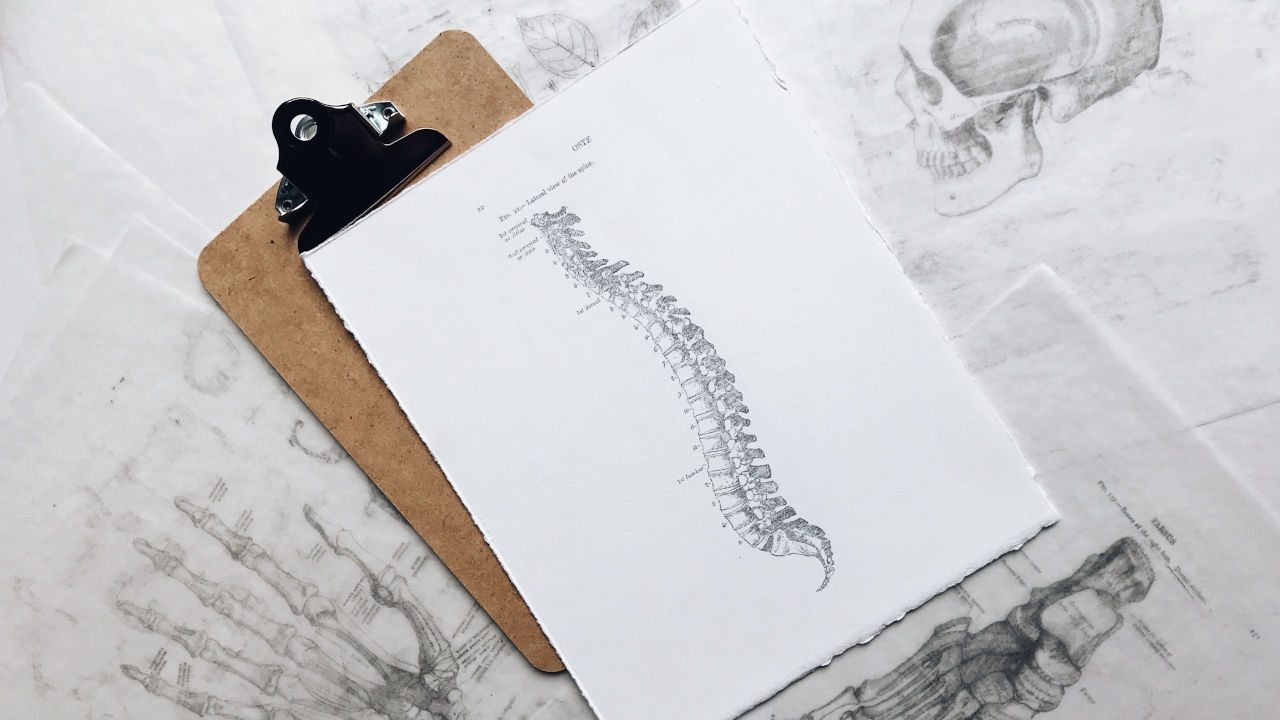Generally, muscle injuries include every form of damage caused to the muscles in the body as a result of strain, exercise, or accidents. Muscle injuries are sustained chiefly by athletes. However, they also occur to people who are not athletes. According to an article by Physiopedia titled Muscle Injuries, “skeletal muscle injuries represent a great part of all traumas in sports medicine, with an incidence from 10% to 55% of all sustained injuries. The muscle and muscle groups more frequently involved are the hamstrings, rectus femoris, and the medial head of the gastrocnemius.” A person can bring a claim involving muscle injury before the court of law.
In the case of Hae Woo Youn v. Maritime Overseas Corp. et al., the duty of care owed by a ship-owner to the members of his crew to provide seaworthy vessels was established.
In the instant case, the plaintiff, a boatswain on a Liberian oil tanker, was injured on a ship when a valve on the port opened too quickly, which caused the drum to spin and the cable to whip around the deck in an uncontrolled manner. While trying to stop the boom from causing injury to his teammates, the plaintiff sustained an injury when the cable wrapped around his thigh and crushed his leg. This led to a permanent injury and deformity to the plaintiff’s left leg. The doctor in charge of the reconstruction surgery testified that it was “as if the muscle tissues had been squeezed out like toothpaste.”
The defendants were found guilty of negligence, and the plaintiff was awarded damages.
Legal Animation in Cases Involving Muscle Injury
Different factors can cause muscle injuries. It can be caused by overuse, wrong exercise procedures, aging, falls, strains, car accidents, negligence, and battery. Legal animation can be used in portraying muscle injuries. Muscles cannot be seen except with the help of scientific testing such as Magnetic Resonating Imaging scans (MRI). Hence, it becomes imperative to use legal animation in depicting the injury and the severity to the jury.
Mader (2005), in his article, Medical-legal Illustrations, Animations, and Interactive Media: Personal Injury Lawyers’ Perceptions of Effective Attributes, talked about the importance of legal animations in cases involving medical injuries. It was stated that “these visuals help medical experts clearly communicate complex facts to a jury and other trial participants, increasing understanding and retention of important issues throughout a medical-legal trial.”
Therefore, it is paramount that courtroom animations be used to adequately depict muscle injury cases.
Whether the injury was caused by nuisance, negligence, or any other offenses, two essential factors must be proved. They are as follows:
- That there has been a muscle injury
Before damages can be awarded to an offended party, it must be proven that there has been a muscle injury to the plaintiff. In proving this, medical reports portraying the existence of such an injury in the plaintiff must be provided. The medical report must also prove the severity of the damage caused by the injury. It must, however, be noted that a medical report alone cannot prove the extent of the damage. The jury would need a form of visual aid to comprehend the injury and its effects. Therefore, legal animations should be used in depicting the existence of the injury.
- That the injury was caused as a result of the act or omissions of the defendants
After proving the existence of an injury, it must also be proven that the injury was caused as a result of the act or the defendant’s omission. This can be seen in the actions and inactions of the defendants. Legal animations are very effective in portraying how a defendant has caused a muscle injury to the plaintiff.
Therefore, using courtroom animations in court cases is a sure way to win a case because they are descriptive. Consequently, it is imperative to use the assistance of an excellent legal animation company to ensure that every detail needed will be embedded in the animation.






